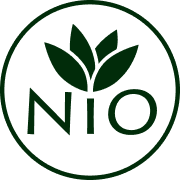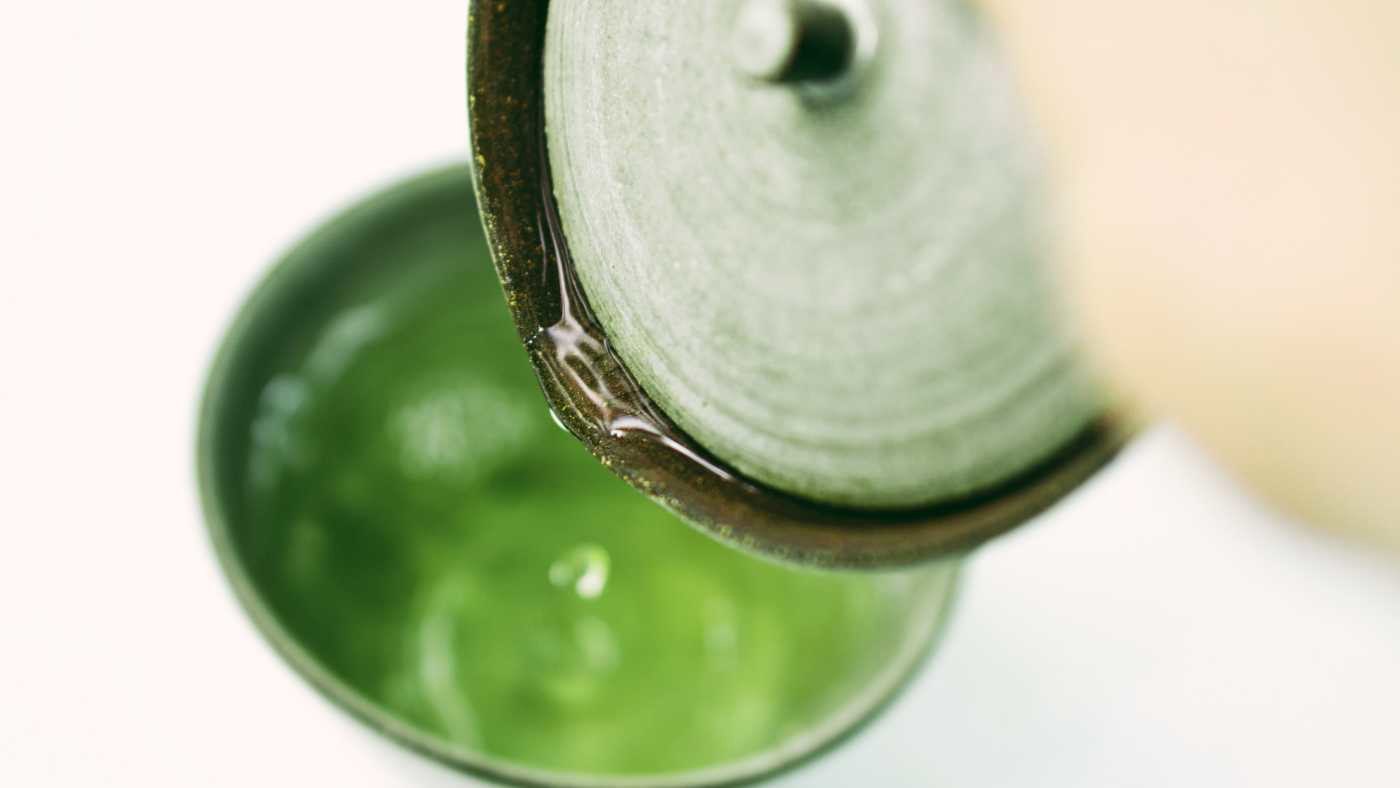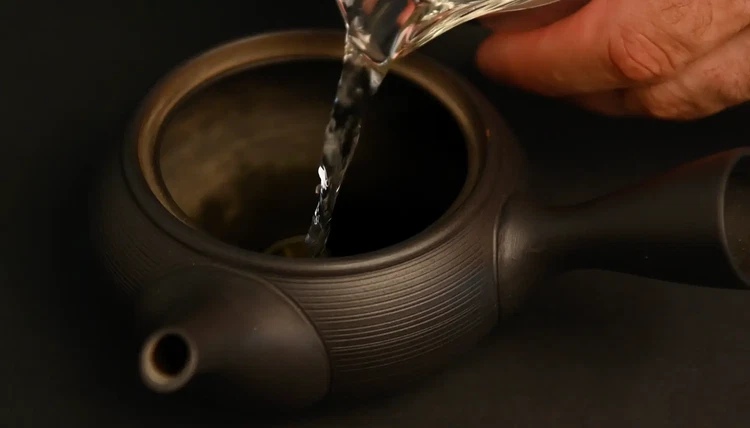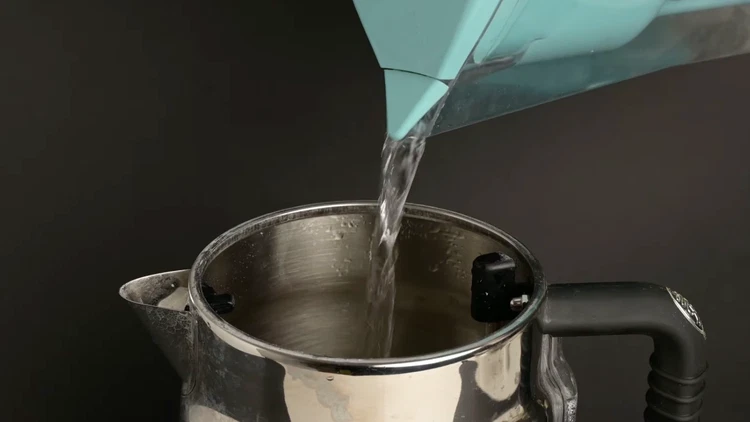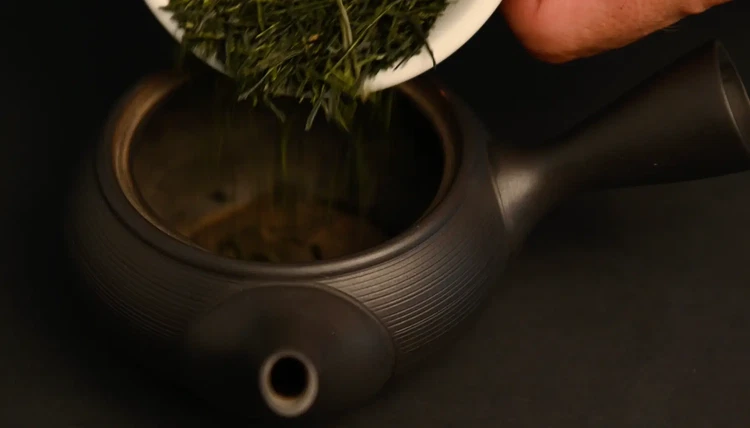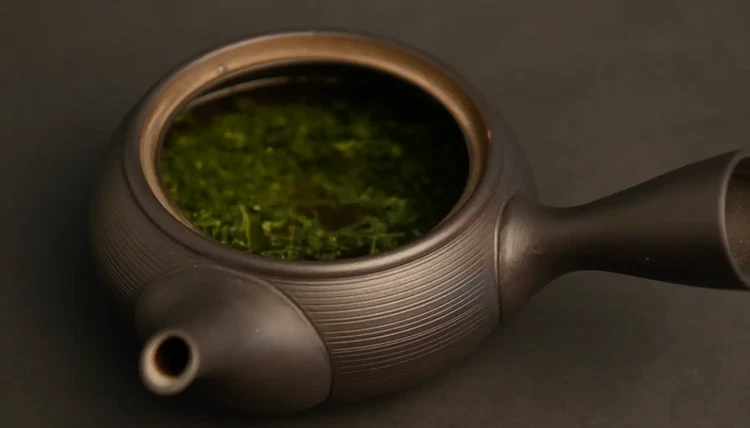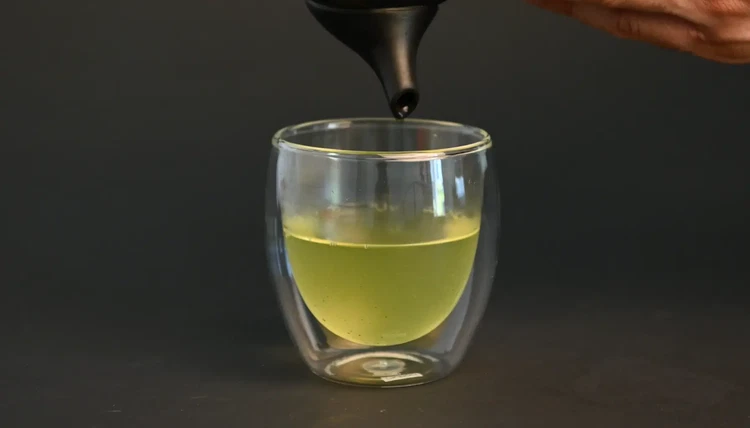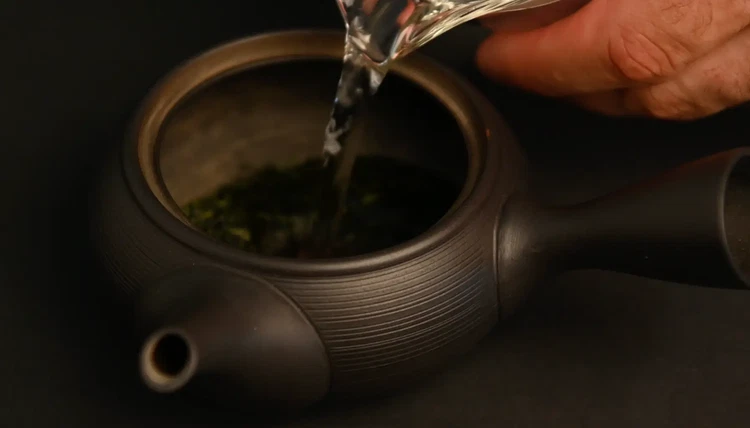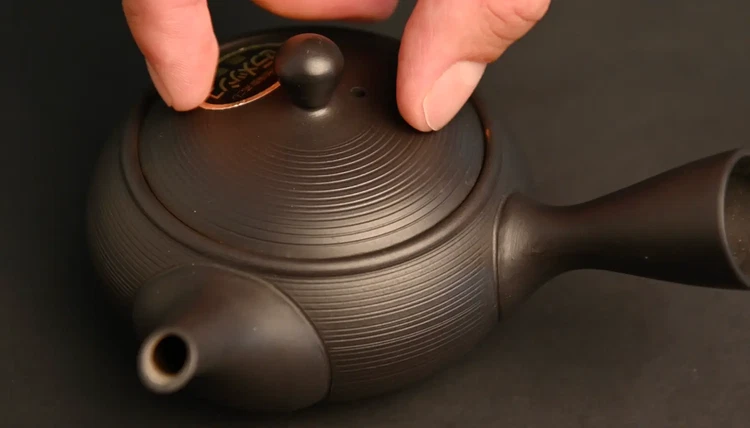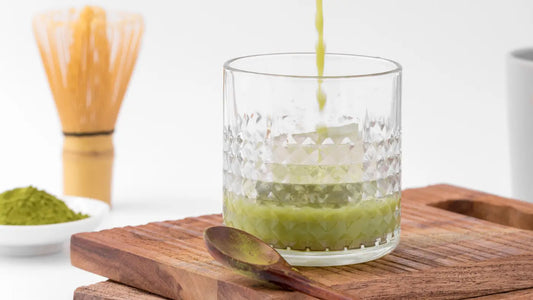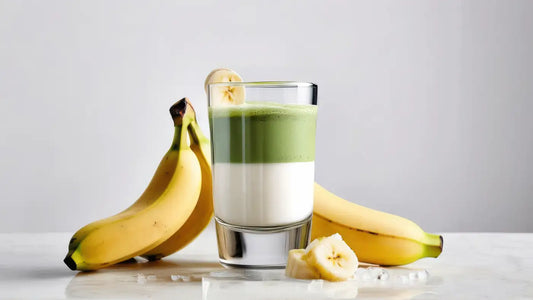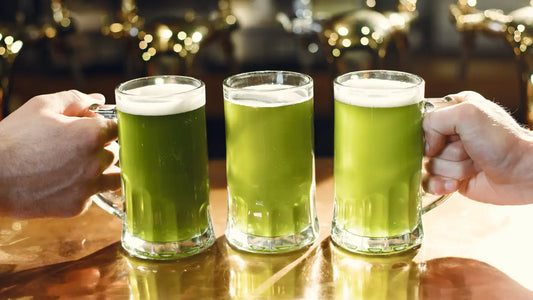Why Gyokuro Brewing Temperature Matters
With the exception of matcha, tea isn’t mixed directly into water, it is infused into water. That means that some compounds in the tea are going to stay inside the leaf, and some are going to make it into the cup. This is why the gyokuro brewing parameters are so important. The temperature and time you brew the tea will determine what is extracted from the tea, and ultimately what ends up in the final cup.
So the next time someone tries to tell you that the gyokuro water temperature doesn’t matter, you can explain that it creates an entirely different tea. It would almost be like baking a cake using different ingredients. What is extracted from the leaf determines what is in the tea.
What is the Best Temperature for Gyokuro
The best temperature for gyokuro is 140°F (60°C). This will make sure that you extract plenty of flavor from the leaves, without extracting much of the bitterness. You can use 5 grams of leaves, 150ml of water and a brewing time of 2 minutes to give the leaves enough time to open up and fully release their flavor into the water.
Gyokuro tea is meant to be a celebration of these sweet and savory flavors, which come from the theanine. Luckily for gyokuro drinkers, the theanine can be extracted at a lower temperature. When you use a lower gyokuro tea brewing temperature, you extract all of the sweetness with none of the bitterness. You also get a lower caffeine green tea, which can be helpful as gyokuro caffeine level is very high.
Using the Wrong Gyokuro Water Temperature Can Make It Bitter
Catechins are the bitter components within tea, and they tend to be extracted at a higher temperature. As a result, if the gyokuro tea temperature you use is too high, you will extract more catechins and more bitterness from the tea leaves. This is why it is incredibly important to use a lower gyokuro green tea temperature. You can even cold brew gyokuro for a smooth, refreshing drink in the summertime.

Iced Gyokuro on the Rocks
When you cold brew gyokuro, you not only get a cold refreshing drink, you also get plenty of the gyokuro tea benefits and a smoother and sweeter taste.
Measure out 5 grams of leaves and place them in the bottom of your kyusu or shiboridashi teapot.
Next, you can pour in 150ml of water at a temperature of 140°F (60°C).
As you pour, make sure not to pour directly on top of the leaves, as this will agitate them and release slightly more bitterness.
Put the lid of the teapot on to keep the tea warm, and let it sit undisturbed for 2 minutes.
After the gyokuro brewing is complete, it’s time to pour out your tea. Make sure to do this very gently so that you don’t agitate the leaves, but once the pouring stops, you can shake out the last few drops.
Gyokuro Tea Brewing with Less Water
One gyokuro brewing method you may be familiar with is using more leaves and less water. This is the method you will see at high-end tea shops in Japan, and it really can produce a special cup of gyokuro tea.
Although gyokuro can be a tea you drink everyday, it is also meant to be a tea for special occasions. For these occasions, you often will drink gyokuro out of very small cups. When you drink super concentrated tea in a small quantity like this, you are not only meant to savor the taste, but also the texture as it glides over the top of your tongue, drop by drop.
This gyokuro brewing method uses 10 grams of leaves and only 50ml of water. This creates a dense, flavorful infusion that has almost a gel-like or oily texture. This is unlike any tea experience you’ve had and it really makes for a special moment.
Best Teapot for Gyokuro Brewing: Shiboridashi

If you would like to try the special gyokuro brewing method, the best way to do it is using a shiboridashi. This teapot has a wide, flat base which allows the tea leaves to expand without being cramped on top of one another.
The name translates to “squeeze out,” which is a good way to describe this method of gyokuro tea brewing, as you are really maximizing the flavor into a smaller space. You can find these shiboridashi teapots on our website.
These teapots are handmade in Tokoname, the most famous region for clay pottery. This region also produces the best quality clay for teapots, with low porosity and heat conductivity.
Top 3 Alternative Teaware vs Shiboridashi
There are many teapots that are similar to the shiboridashi. Our team of experts made a top 3 of the most lookalike teaware vs the shiboridashi. We even wrote articles covering all differences and similarities of these substitutes:
Final Thoughts on Gyokuro Brewing
I hope you have all enjoyed this guide on gyokuro brewing!
When it comes to brewing a cup of gyokuro tea, make sure you keep the brewing temperature low, the steeping time long and, if you would like to really level up your tea experience, you can use a higher leaf-to-water ratio.
If you are interested in experimenting with your own gyokuro tea brewing, you can find some great gyokuro tea on our website like the Gyokuro Cha Musume!
